Bits about Belgrade
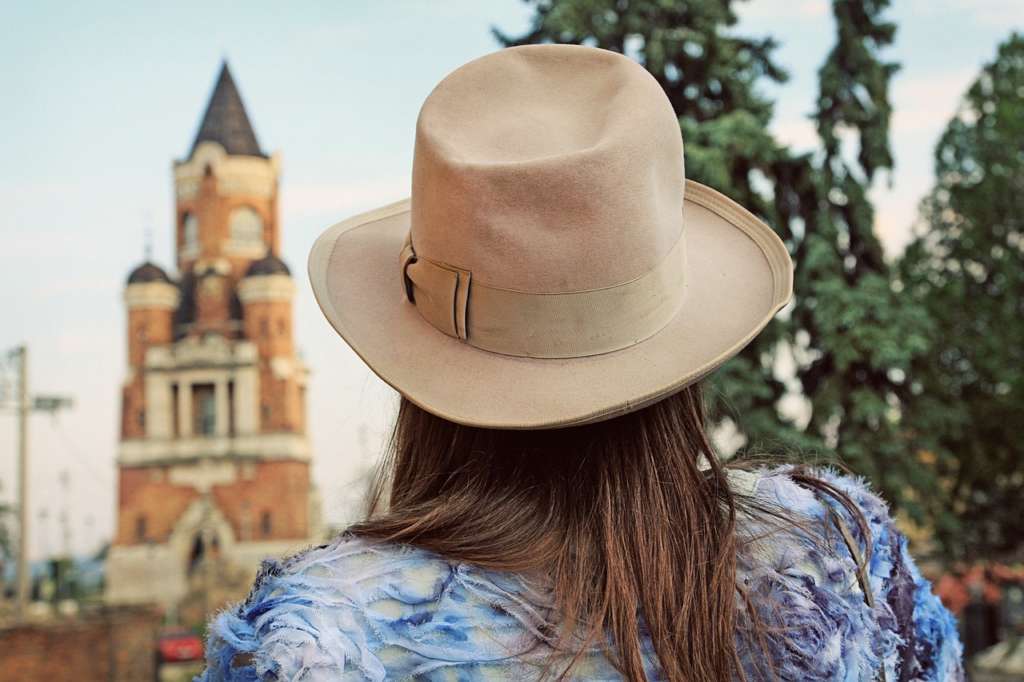
Located on the intersection of the Danube and Sava Rivers, Belgrade in Serbia is a fascinating and eclectic mix of culture, history and vibrant people. Known as the ‘white city’ as it’s fortress looked white from the river, this brilliant destination has something for everyone.
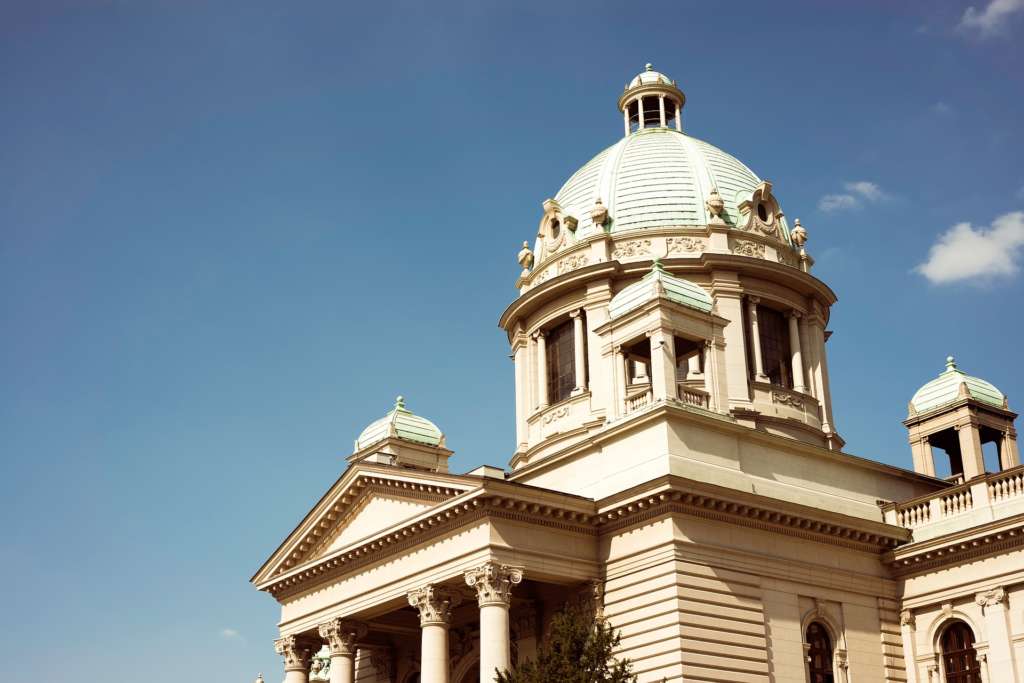
Belgrade is ancient – truly.
Even by European standards, Belgrade is old. The original settlement was built by Celts in the 3rd Century BC, conquered by the Romans in the 1st Century BC (and named Singidunum) and evolving via no less than 15 other names to become the city we know as Belgrade today. The first known reference to the city as Beograd (or The White City) was in a Papal letter to the Bulgarian ruler Boris I in 878 AD. (2)
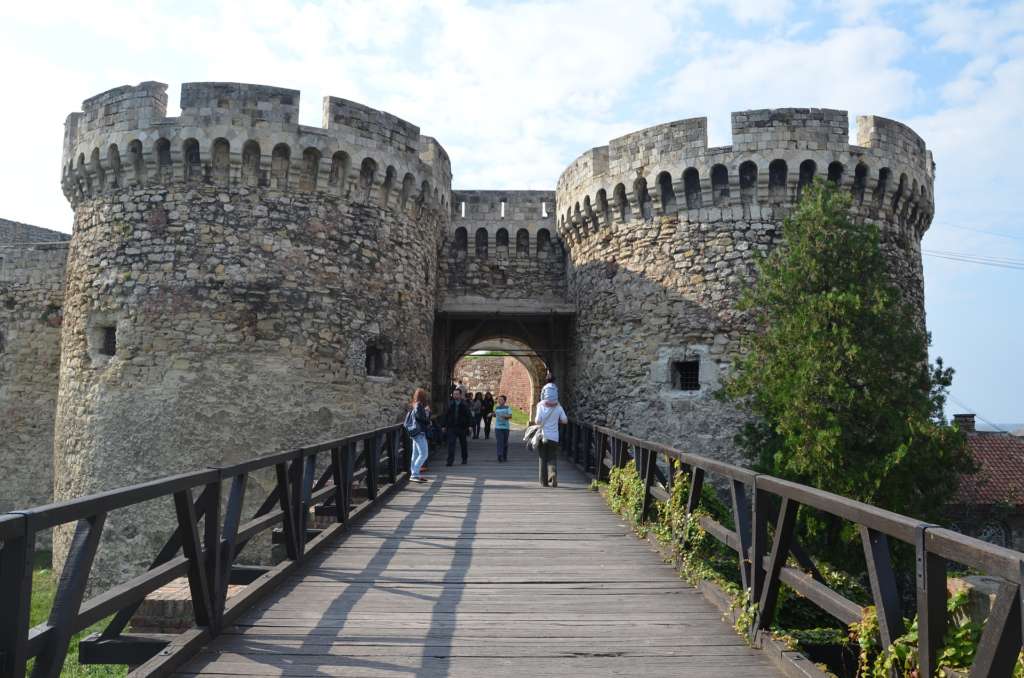
Attila might be buried there.
Attila the Hun, the great Barbarian Horde leader made life hard for Roman settlements in the 5th century, but legend has it that his grave lies under the Belgrade Fortress itself. Attila died (1) on his wedding night (not his first) in mysterious circumstances involving heavy drinking and suffocation…
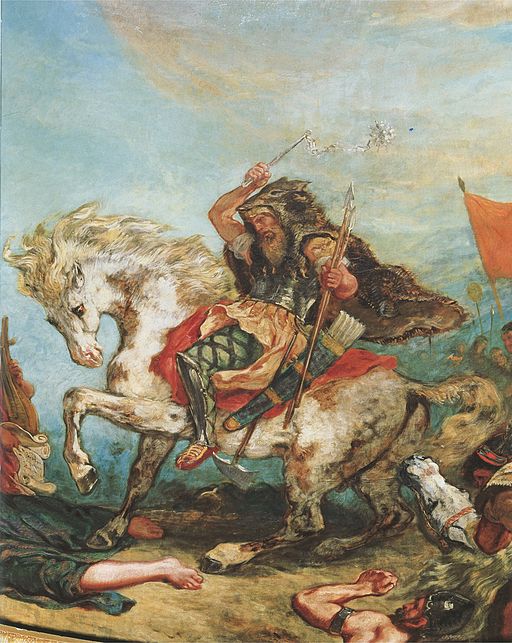
There are secrets under secrets.
Belgrade city sits atop more than one hundred caves, tunnels and passages including ancient Roman Halls and Aqueducts. It is rumoured that Tito (‘President for life’ 1963 of Yugoslavia) kept his secrets and Communist Information Bureau spies there. (2)

Coffee lovers since 1522
Belgrade coffee shops are called “kafanas” which originates from the name of the first kafana in Europe which served only black coffee or “crna kafa”. It is said that the first shop was opened in Dorcal in 1522. (2)

One Hundred and Fifteen Wars.
Sadly, Belgrade has been involved in 115 wars and has been razed to the ground 44 times. As such it is known as the “White Pheonix”. It’s geographical position between Western and Oriental Europe and it’s proximity as a trade and port city has made it invaluable to invaders from the Ottoman, Austro-Hungarian, Roman, Goths, Huns and Celtic peoples.
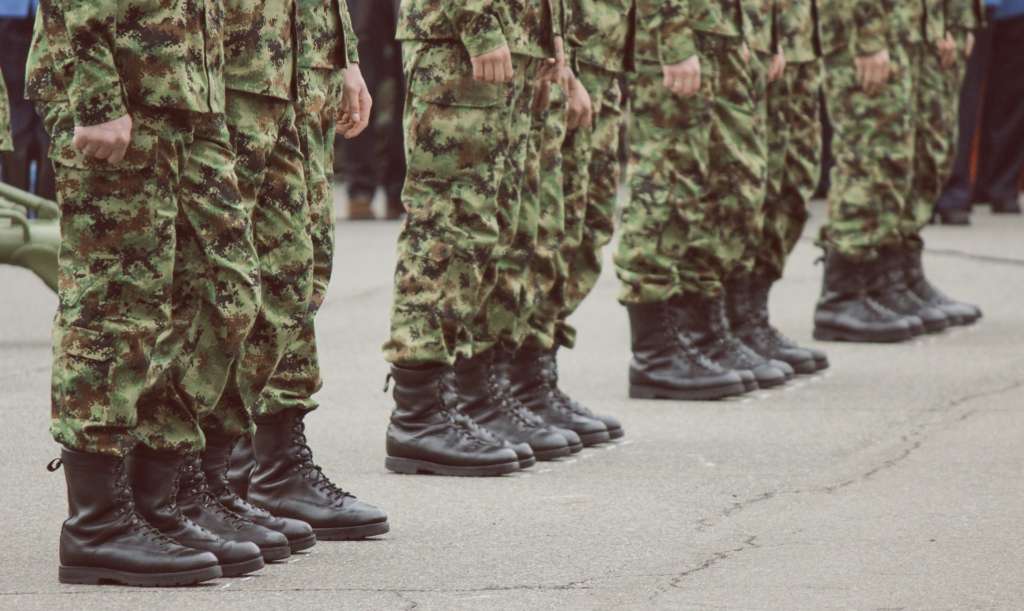
It’s Djokovic’s home town.
World number one for 223 weeks, tennis champion Novak Djokovic was born in Belgrade in 1987 and is a hero to the young people of Serbia whom he continues to serve through local charities. (3)

Belgrade takes a party to a whole new level.
With over 1 million residents and a goodly portion of them enjoy a good old party on the river now and again. There are even floating night clubs called “splavs” where the idea is to: “spend as much as possible, dress as provocatively as possible and sing as loud as you can” – which makes for an entertaining night out to the visiting tourist.
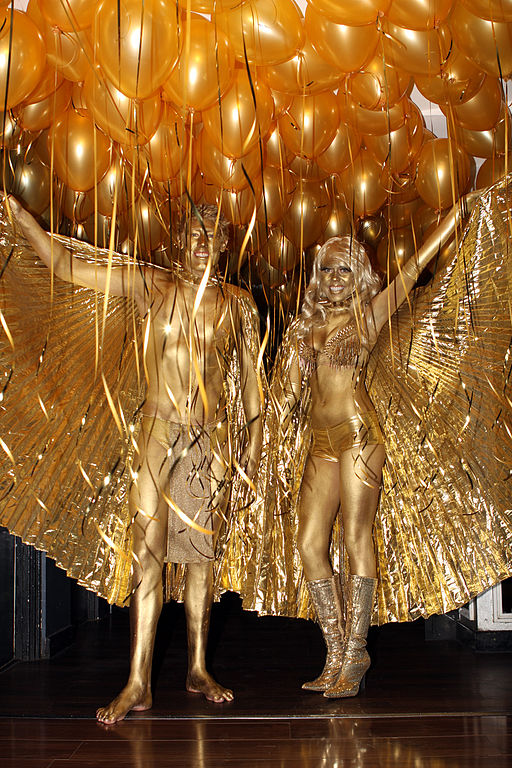
Gamers will know it all ready.
Belgrade has formed the backdrop for two major video games in the form of Battlefield 2142 and Half-Life 2. The Serbian National Assembly has also been adapted to look like City 17 and it is called Overwatch Nexus in Half-Life 2. (4)
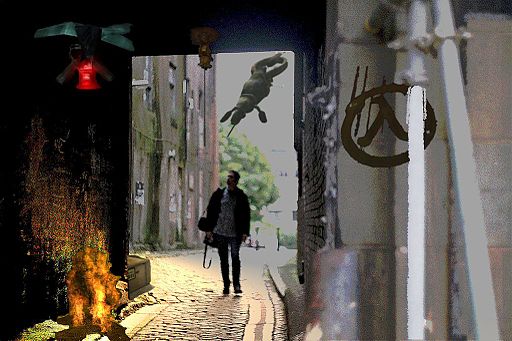
You can discover Belgrade for yourself on a Riviera Travel River Cruise called Budapest to the Black Sea – SEE HERE for departure dates
Bibliography:
- (1) History.com – https://www.history.com/news/8-things-you-might-not-know-about-attila-the-hun
- (2) Serbia.com – http://www.serbia.com/14-fascinating-facts-belgrade-probably-didnt-know/
- (3) Ibikebelgrade.com – https://ibikebelgrade.com/interesting-facts-about-belgrade/
- (4) The Serbian Monitor.com – https://www.serbianmonitor.com/en/5-surprising-and-little-known-facts-about-belgrade/

